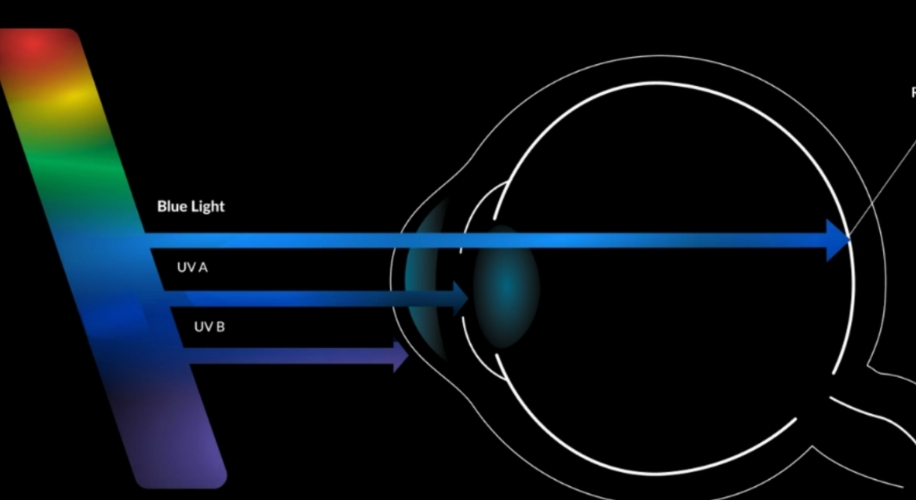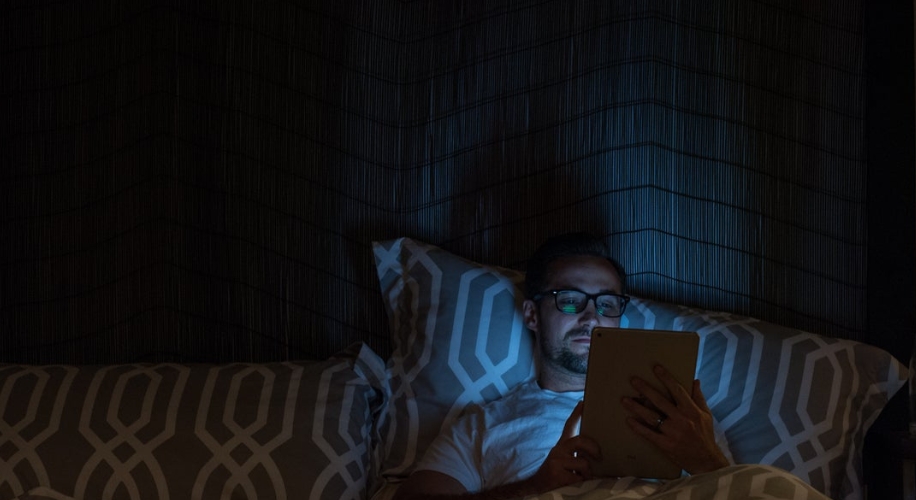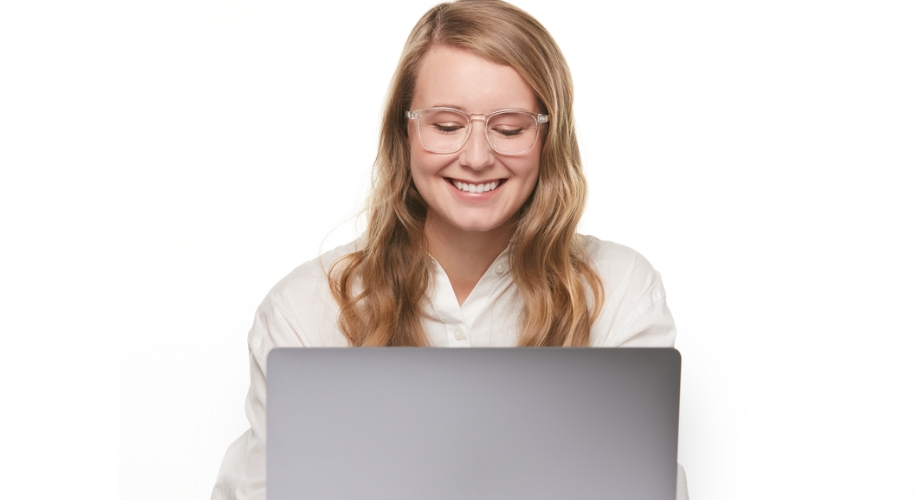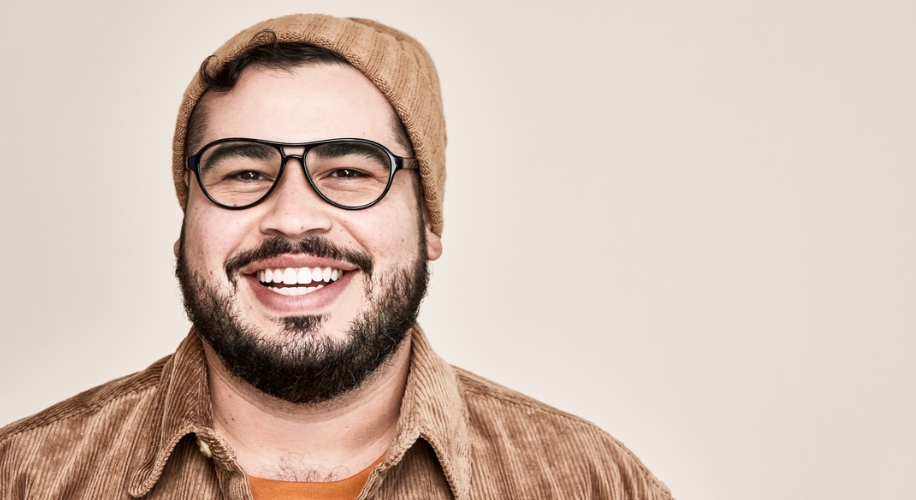Understanding the Importance of Blue Light Blocking Technology

In the digital age, our eyes are constantly exposed to screens, whether it’s your desktop computer at work, your smartphone on the train, or your tablet while relaxing on the couch. This constant exposure can lead to digital eye strain and long-term health issues. Key to protecting your eyes from this excessive exposure is Blue Light Blocking Technology. Let’s explore why you need it and how it works to safeguard your vision.

What is Blue Light and why is it harmful?
Blue light is a type of light with short wavelengths that emit higher amounts of energy. It’s present in both natural sunlight and artificial light sources, such as digital screens and fluorescent lighting. While some exposure to blue light is essential for good health, aiding cognitive functions like memory and mood, excessive exposure, especially from digital screens, can have detrimental effects on our eyes and overall health. This is due to the proximity of the screens and the length of time spent looking at them.
- Digital eye strain: Symptoms like blurred vision, difficulty focusing, dry and irritated eyes, headaches, and even neck and back pain can be signs of digital eye strain.
- Increased risk of certain diseases: High exposure to blue light can potentially increase the risk of macular degeneration over time.
- Sleep disruptions: Exposure to blue light close to bedtime can disrupt the production of melatonin, leading to poor sleep quality.
Implementing Blue Light Blocking Technology can significantly mitigate these potential risks.

How does Blue Light Blocking Technology work?
Blue Light Blocking Technology works by filtering out a portion of harmful blue light, thus reducing the strain on your eyes. This technology is usually incorporated into lenses, making them capable of blocking a percentage of the blue light emitted from digital devices and indoor lights. They also increase contrast, resulting in a more comfortable viewing experience, especially during prolonged screen time. Zenni’s Blokz Blue Light Glasses are an excellent example of affordable eyewear incorporating this technology.
Shop Frame
Who should use Blue Light Blocking Glasses?
While it’s beneficial for everyone to reduce their exposure to excessive blue light, certain groups will find Blue Light Blocking Glasses particularly useful:
- People who work long hours on digital devices: If your work involves prolonged screen time, these glasses can help reduce digital eye strain.
- Gamers: Aside from providing blue light protection during gaming marathons, these glasses can also enhance gaming experience with better vision clarity and contrast.
- Children: Kids’ eyes are more susceptible to blue light due to their clearer lenses and shorter arms that place screens closer to their eyes. Protect their vision with specially designed blue light glasses for kids.
To sum it up, Blue Light Blocking Technology is an efficient way to protect your eyes from digital eye strain, potential diseases, and sleep disruptions. Everyone, especially those spending considerable time in front of screens, should consider investing in this protective eyewear. After all, our vision is irreplaceable. Don’t wait until it’s too late to start protecting it!
About the Author: Dr. Sophia Moh, OD, ABOC
Dr. Sophia Moh, OD, is an optometrist based in the Bay Area, California. She holds a doctorate from UC Berkeley School of Optometry and has worked in various eye care settings, including primary care optometry, general ophthalmology, community health clinics, and Veterans Affairs. Dr. Moh is dedicated to improving global vision health by making high-quality, affordable eyewear accessible to all. She is also a certified American Board Optician (ABO) and actively contributes to optical education through training and lectures.



 Canada
Canada